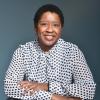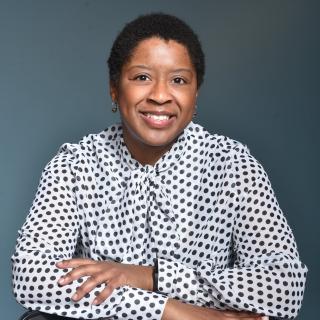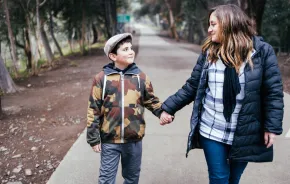
About 200 years ago when I was in graduate school, my professor asked me a question that changed how I viewed myself in the world, my future as an educator and how I raise my children.
“Shaunna, which one of your identities take priority: being Black or being a woman?”
It sounds like a relatively straightforward question, but I resisted providing an over-simplistic answer. My first thought was, “Wait a minute —‘Priority’? Why do I have to prioritize?” Until that moment, the two identities were closer than twins. The two identities in fact were one identity. Black womanhood framed my understanding of the world.
I later realized that the professor posed this as a trick question. I didn’t have to choose one over the other. I could choose Blackness, womanhood and acknowledge a few other identities if I wanted.
As parents, it is easier to avoid the challenge of thinking about our “multiple identities” and just select our favorites. Yet it is increasingly a requirement for adults (and children!) to understand themselves and their positions in the world. So, we must reflect on our personal laundry lists as developing parents.
No, I don’t mean the socks, shirts and underwear in the wash. By “laundry list,” I’m referring to the list of multiple identities that each person uses to describe themselves. My laundry list includes being:
A Black woman. A spouse. A mother. An only child. An only grandchild. A civilian. An able-bodied person. Heterosexual. A first-generation college student. An educator…
The University of Nebraska notes that children as young as 2 and a half to 3 years old are able to “take in socially prevailing ideas, feelings and stereotypes about people and about themselves.”
Children constantly interact with authority figures like parents, teachers, other children and caregivers who can shape their perception and judgment of themselves and others.
Given that parents and children develop alongside one another, here are a few suggestions for discussing multiple identities, self-identity and difference with your child:
- Write your own laundry list of identities. We all have them, but usually only focus on the ones that are most definitive in different settings. It could be educational level, family status, race, age, occupation, sexual orientation, gender expression, ability, ethnicity, immigration status, language, geographic location, heritage or history just to name a few. But it’s up to you to name them.
- Embrace the “P” word: Privilege. As you review your laundry list, think about how each identity may be privileged (or not) depending on the setting. For example, based on my identities, I may lack racial privilege as someone who identified as Black. Yet I also simultaneously have privilege as one who identifies as heterosexual. Think about how you experience privilege, as well as insider-outsider status through each of your personal identities.
- Next, think about this through the eyes of your child and your family structure. If you hold different identities from you child, think about their laundry lists and the adjoining privilege that comes with each.
- Don’t be blind to differences. In fact, work against the tendency to use language like “colorblindness” and “everybody’s equal.” Children easily see, name and embrace differences, so use the momentum of their observances to talk about such topics that may be uncomfortable for adults who have been groomed over time to avoid these discussions.
- Be more than academic. One of my favorite books is entitled “Lies My Teacher Told Me: Everything Your American History Textbook Got Wrong” by James W. Loewen. I’m not suggesting that you read this book to your child cover to cover but this classic book encourages its readers not to take texts and packaged curricula as complete and accurate at face value.
Continue to question, supplement and augment the curriculum that you are children experiences in formal education settings.
For example, my oldest son, Trai, attends public school which often honors celebratory months such as Martin Luther King Day, Black History Month and Women’s History Month.
Instead of sticking closely to the content that’s offered, Trai reads about Dr. King’s dissenters and learns about lesser-known African Americans such as Dr. Patricia Bath and Katherine Johnson of NASA.
As parents who strive to groom our children into adults who are compassionate, empathetic and aware, it’s critical to start with these steps.
As we develop alongside our children, it’s crucial to walk directly into conversations that may have been uncomfortable or low priority in the past. It’s my opinion that exposing children to the multiple identities of others helps to more firmly ground them in their own identities.











